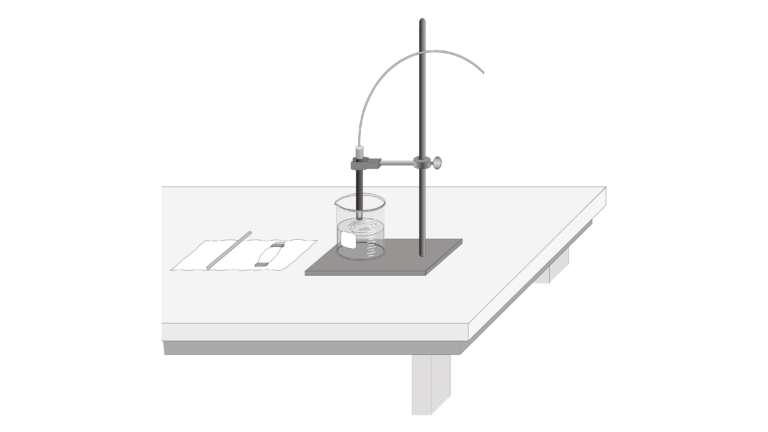
Introduction
Diffusion is a process that allows ions or molecules to move from where they are more
concentrated to where they are less concentrated. This process accounts for the movement of
many small molecules across a cell membrane. Diffusion is the process by which cells acquire
food and exchange waste products. Oxygen, for instance, might diffuse in pond water for use by
fish and other aquatic animals. When animals use oxygen, more oxygen will diffuse to replace it
from the neighboring environment. Waste products released by aquatic animals are diluted by
diffusion and dispersed throughout the pond.
It is important to consider how the rate of diffusion of particles might be affected or altered.
- Diffusion may be affected by the steepness of the concentration gradient (the difference
between the number of ions or molecules in one region of a substance and that in an
adjoining region). - Diffusion might be affected by other different, neighboring particles. For instance, if
oxygen diffuses towards a single-celled pond organism at a certain rate, will that rate be
altered if some other molecule suddenly surrounded the organism?
One way to measure the rate of diffusion of ions is to monitor their concentration in solution over
a period of time. Since ions are electrically charged, water solutions containing ions will conduct
electricity. A Conductivity Probe is capable of monitoring ions in solution. This probe however,
will not measure the amount of electrically neutral molecules dissolved in water. Salts, such as
sodium chloride, produce ions when they dissolve in water. If you place a salt solution in a
container such as dialysis tubing, the salt can travel through the very small holes in the tubing.
When dialysis tubing containing a solution of salt ions is placed into a beaker of water, the ions
can diffuse out of the tubing and into the surrounding water. In this way, you will be able to
measure the diffusion of salts in a solution of water and determine how concentration gradients
and the presence of other particles affect the diffusion of the salt across a membrane.
Objectives
In this experiment, you will
-
Use a Conductivity Probe to measure the ionic concentration of various
solutions. - Study the effect of concentration gradients on the rate of diffusion.
- Determine if the diffusion rate for a molecule is affected by the presence of a second molecule.
Sensors and Equipment
This experiment features the following sensors and equipment. Additional equipment may be required.
Option 1

Option 2

Ready to Experiment?
Ask an Expert
Get answers to your questions about how to teach this experiment with our support team.
- Call toll-free: 888-837-6437
- Chat with Us
- Email support@vernier.com
